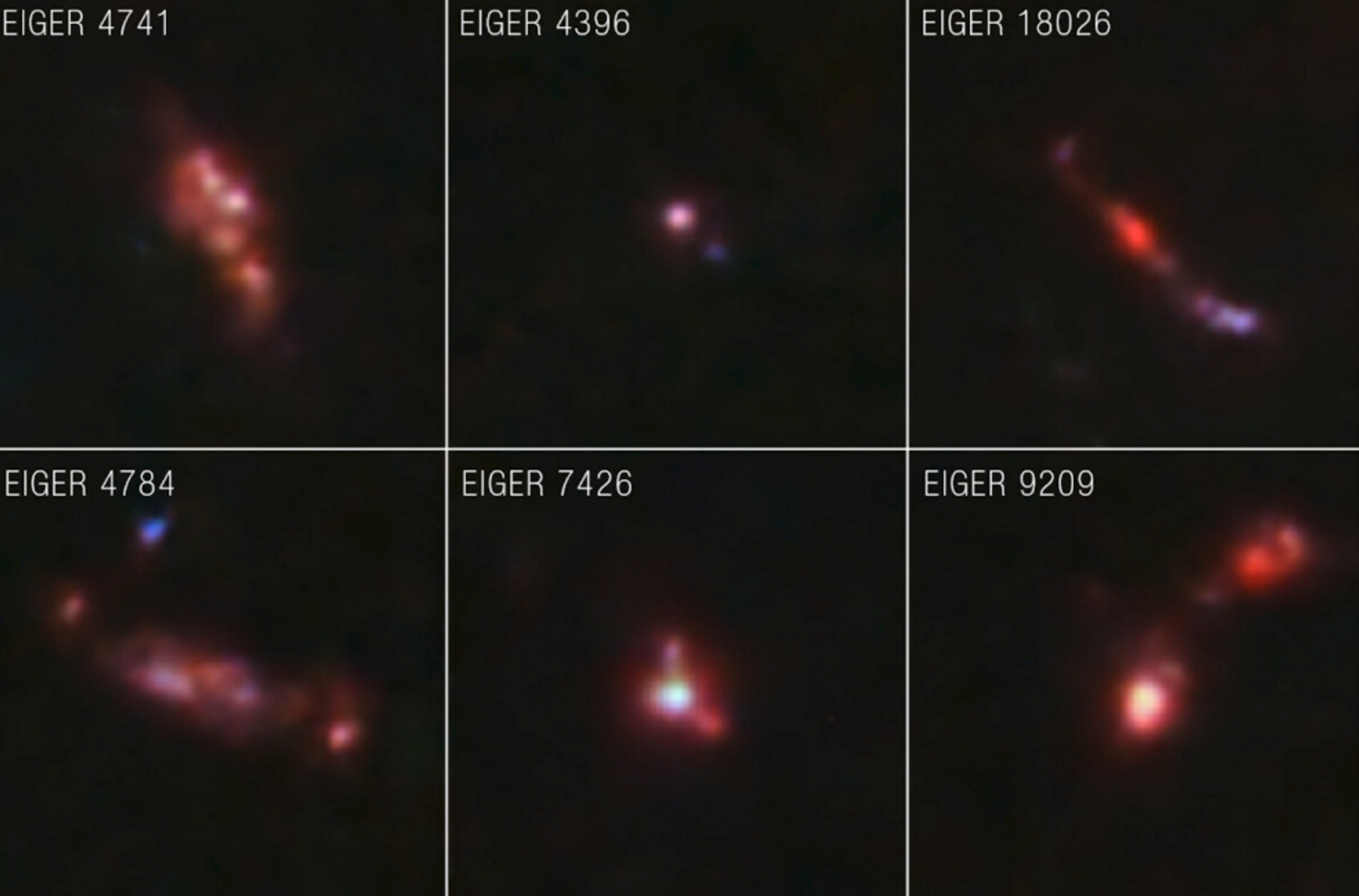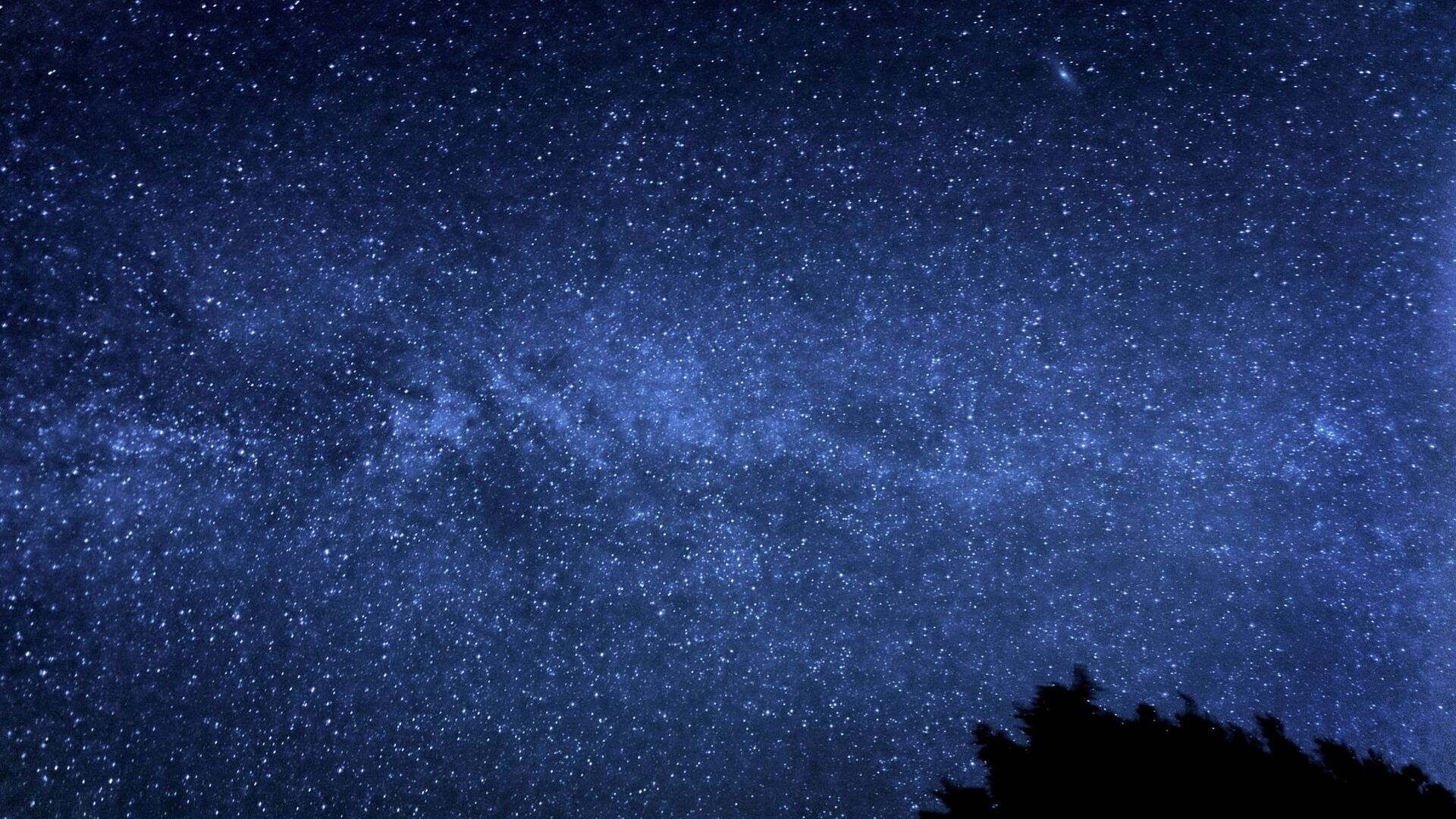Webb Telescope Images Upend Beliefs About Galaxy Formations, Age of Universe
Subscribe
The new images come courtesy of the James Webb Space Telescope (JWST), the most powerful telescope ever launched. Its sensitivity enables the detection of light billions of years old emanating from sources hundreds of millions of light-years away.
Far beyond the reach of Sputnik and other man-made satellites, light emitted by some of the oldest galaxies is providing new clues about the fundamental nature of the universe.
Perhaps one of the biggest surprises offered by the Webb telescope so far relates to some of the oldest known galaxies: the JWST has not only detected the formation of galaxies significantly earlier than previously speculated – just 200-500 million years after the Big Bang - it’s also observed that those galaxies are much bigger and brighter than was thought possible.
Information about these galaxies is received primarily in the form of infrared light, the portion of the electromagnetic spectrum that remains after light travels long distances through our universe.
This infrared light is invisible to the human eye, but detectable by instruments like the JWST.
Scientists expected light from these early galaxies to demonstrate solar systems in an early stage of development – too young to have yet taken on a characteristic spiral or elliptical shape. But the images instead suggest galaxies with markers of considerable development, such as spiral arms.
The discovery has spurred one researcher to speculate that the universe is twice as old as previously thought.

The James Webb Space Telescope has returned extraordinarily detailed images and spectra of galaxies that existed when the universe was only 900 million years old. These galaxies look more chaotic than those in the nearby universe – they are clumpy and often elongated. These galaxies are also younger and are actively forming stars. The stars Webb detected are all more massive, which may lead to an abundance of colorful supernovae shooting off in these galaxies.
“Our newly-devised model stretches the galaxy formation time by several billion years, making the universe 26.7 billion years old, and not 13.7 as previously estimated,” wrote Rajendra Gupta, an adjunct professor of physics at the University of Ottawa.
The argument was put forward earlier this year in the journal Monthly Notices of the Royal Astronomical Society.
However, most scientists caution against such a dramatic rethinking of our understanding without more information.
Astrophysicists so far have been unable to directly observe any galaxy or star older than 13.8 billion years. Confirmation of an older universe will require further evidence of celestial bodies formed a long time ago in galaxies far, far away.




